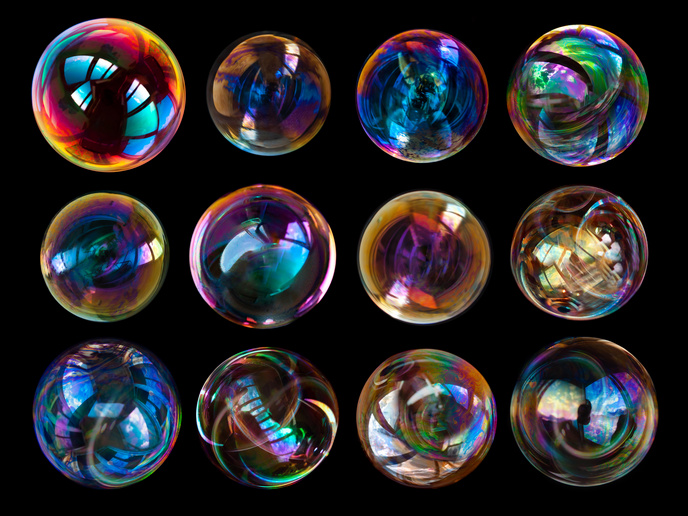Generating sustainable fuels using soap films and sunlight
Solar energy is probably the most promising alternative energy source to harmful fossil fuels, yet storing it is currently inefficient. The best way to store it is in solar fuels. Artificial photosynthesis is a synthetic mimicry of the photosynthetic processes carried out in plants, and can create solar fuels, using sunlight, water and carbon dioxide. Scientists around the world are seeking new materials to carry out artificial photosynthesis efficiently and at scale. In the EU-funded SoFiA(opens in new window) project, researchers have developed an innovative approach using soap films. The specially designed bubbles are filled with carbon dioxide, which when hit with sunlight are designed to create solar fuels and feedstock for the chemical industry. The project and reactor were conceptualised by SoFiA project manager, Indraneel Sen, founder of Wasabi Innovations(opens in new window). Over 54 months, the concepts were tested, scientific foundations were established, and engineering demonstrators and modelling simulations were created in an intense collaborative learning process involving nine partner organisations. “The project was very successful in both its scientific and engineering outcomes,” says Leif Hammarström(opens in new window), professor in the Department of Chemistry at Uppsala University in Sweden and SoFiA project coordinator.
Mimicry of plant structures
Photosynthesis in plants and man-made solar cells both absorb sunlight and use this energy to separate electrons (positive charges) and ‘holes’ (negative charges due to missing electrons). In photosynthesis, electrons are transferred from one molecule to another, resulting in a high-energy charged state. Through a chain of reactions, the energy from electrons is used to create energy-rich compounds from carbon dioxide. New electrons are fed into the system as water is oxidised into the oxygen. “In plants, this makes compounds such as sugars, but in artificial photosynthesis we aim for some liquid fuel, such as an alcohol, or synthesis gas for industry,” explains Hammarström. The main challenge in artificial photosynthesis is to avoid charge ‘recombination’ from the high-energy charged state: similar to short-circuiting a battery. The photosynthetic membrane in green plants keeps the ‘electrons’ and ‘holes’ apart to prevent this. “Our idea was that a soap film could work in an analogous fashion,” adds Hammarström. In a pair of bubbles, one contains the molecules making the fuel, the other the molecules that take new electrons from water. The film between the conjoined bubble pair acts like a gas separator membrane which allows electrons and protons to flow across.
Progressing fundamental science
Through the project, the team developed several engineering solutions to investigate the fundamental structure and function of the air-water interfaces and soap films. The researchers also demonstrated well-organised, self-regenerating trains of bubble pairs. “We could demonstrate that it is possible to make and maintain an asymmetric soap film for at least 10 minutes, which is sufficient for one round-trip in our device,” says Hammarström. “We have also manufactured and tested a quite sophisticated device that generates a continuous flow of bubbles, flowing side by side as a train of bubble pairs.” Although the team did not demonstrate complete artificial photosynthesis in the devices, the analysis from the project provided a clear pathway for the scientists to eventually turn it into a viable technology. The team are now looking for funding to resolve some of the fundamental issues uncovered through the project.







